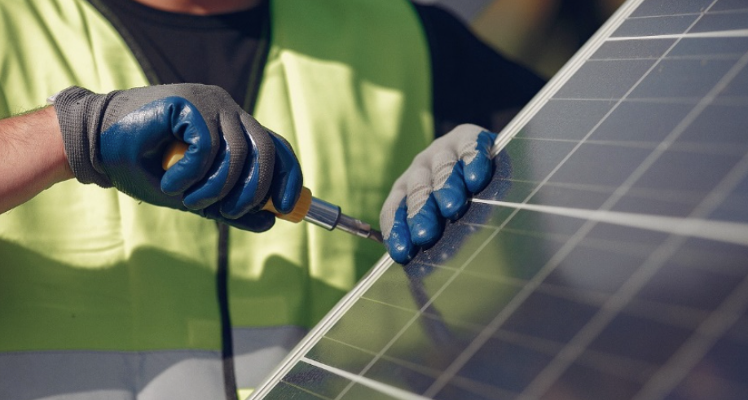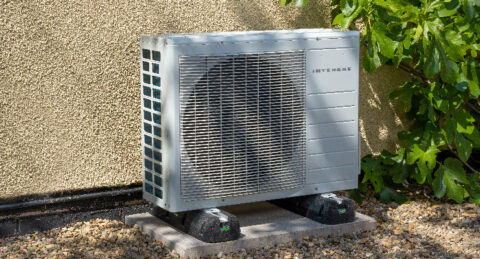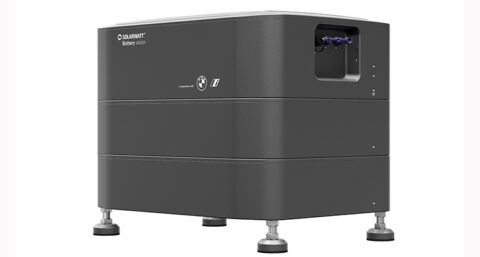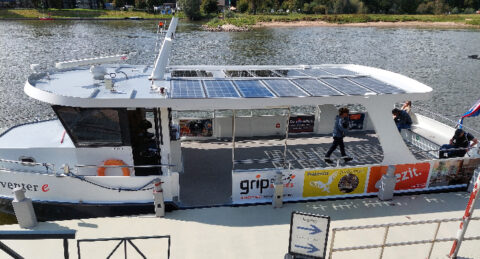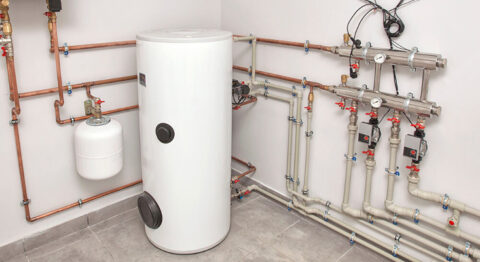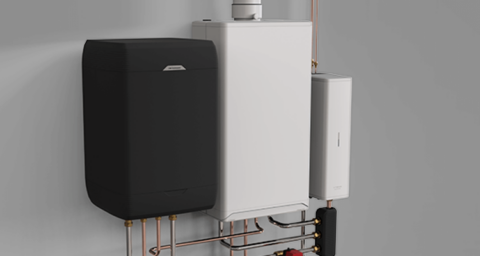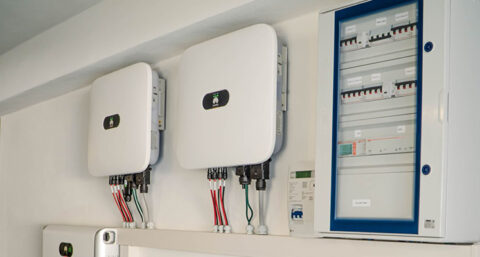Do you have solar panels on your roof (soon)? Then it seems logical to install a home battery as well. So that the solar power that is not consumed immediately is stored locally until the moment the power demand increases. What is involved in determining the capacity of a home battery?
The times when the sun is gleefully burning on someone's solar panels are not necessarily the times when power consumption is highest. Rather, it's the other way around. Because especially in the evening, many appliances and power guzzlers are on. Leaving solar power unused because someone happens not to need it for a moment is a waste. Fortunately, the surplus power is currently earning money thanks to the balancing subsidy scheme. For as long as it lasts. Even now one can choose to use the self-generated power as much as possible.
Less dependent
Consider reasons such as the desire to become as self-sufficient as possible and to have a solid backup in case the grid fails. Moreover, the power that is not used immediately is always used to fill the home battery to the brim first, after which any residual power can still be supplied to the grid, thus generating money.
The big challenge is determining the capacity of a home battery. After all, not everyone consumes the same amount of energy every day, nor do solar panels produce the same amount all the time. While of course the aim is to make the home battery as profitable as possible and preferably pay back. Unfortunately, they are not (yet) suitable to bridge the dark winter period. Becoming completely independent of the grid will therefore not work. The main issue is the optimal use of solar power for short periods of time.
Realistic image
To determine the required capacity and thus the initial purchase price and ultimately the payback period of a home battery, you can first look at the annual consumption of a household. This is a rough estimate, however, because electricity consumption in the summer months is considerably lower than in the winter months, whereas with the yield from solar panels it works exactly the other way around. Reducing the energy bill to zero through self-power is therefore mainly feasible during the summer months.
To calculate capacity more accurately, it is better to look at consumption over shorter periods of time. Thanks to the smart energy meter, possibly supplemented with a P1 meter, you have access to detailed overviews of consumption per quarter, month, week, or even per day. You also know when the most important peak moments are. Through these insights, you can scale a home battery much more accurately and expectations remain realistic. You can also use this to scale solar panels, by the way, for example, when they are not yet installed or need to be expanded.
Representative situation
Through the expectations of power consumption, amount of solar power generated and a forecast of energy rates, you can eventually calculate a realistic payback period for the home battery: purchase cost including installation costs divided by annualized power cost savings. Fear not, this payback period will be quite long and quickly approaches or equals the expected lifetime of the home battery. All in all, it does involve a complex calculation.
It is essential to know whether the household currently uses a heat pump, or plans to make this switch later. In the second case, future electricity consumption increases dramatically (and gas consumption decreases). You won't see this in the historical data, of course, but you have to factor it into the forecast. A heat pump also runs extra during the winter months, precisely when solar panel output is lower. Cooling during the warm months can fortunately be done well with solar power, during the day directly and otherwise through the home battery.
Bridging longer periods of time
Another thing you might want to consider is that not every day is equally sunny and a household's energy needs also vary over the days. A somewhat higher storage capacity to bridge two or more days, especially in lesser weather conditions, can then be useful. Provided the solar panels have enough power to charge the home battery in time to bridge this longer period. Because otherwise it is a waste of the extra capacity and higher purchase price. Ditto if only one twenty-four hour period of power storage is needed.
Uncertainties
What (future) home battery owners may face is that the payback period is based, among other things, on the expected price of electricity for the next few years. That's always a case of looking at the bigger picture. In addition, it is quite possible that home batteries will eventually become cheaper, have a longer lifespan and there may be subsidy opportunities. Furthermore, home batteries will become more attractive once the net-metering scheme is scaled down and especially once it is abolished altogether.
